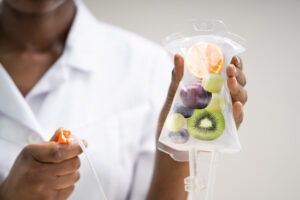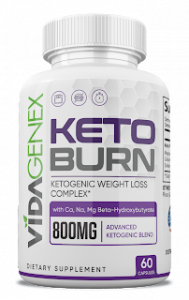Comparably to any medication treatment, IV liquid organization requires observing for clinical reaction and unfavourable impacts to guarantee its security and adequacy.
While parchedness will prompt malper fusion, kidney disappointment, and in the long run cell passing, the inordinate organization of liquid is likewise connected with intricacies. Different investigations have shown that results for post-careful and basic consideration patients can be improved with designated, hangover iv near me and surprisingly prohibitive, liquid treatment – rather than directing liquids as per a set formula of millilitres per kilogram of body weight. In this specific situation, “prohibitive” treatment ought not to be misjudged as controlling less liquid than required, yet not managing any longer than needed.
There are multiple ways of assessing liquid treatment. Effective treatment might be shown by:
- Clinical signs (eg, further developed pee yield, diminished slender top off time, and decreased pulse)
- Biochemical signs (eg, standardization of sodium, urea, and creatinine levels)
- Patients’ abstract encounters (eg, they “feel much improved” or areas of now not parched)
These discoveries might be missing whenever concealed by different elements. For instance, pee results can stay low for 24 hours after a medical procedure, as a feature of the ordinary reaction to injury, even in patients getting satisfactory liquid info.
Pee results can likewise be impacted by diuretics that are begun improperly to keep up with pee yield, without information on the patient’s liquid status.
Every day weighing is the least difficult and most dependable method for observing liquid status, yet it doesn’t give any data about the appropriation of managed liquids. Obtrusive strategies can give a more point-by-point picture of the intravascular volume status.
Obtrusive strategies:
The estimation of focal venous tension (CVP) using a focal venous catheter is frequently used to survey intravascular volume. Outright qualities will be affected by a few patient-explicit boundaries, however, the pattern of CVP in light of a “liquid test” is a decent sign of whether a patient’s liquid volume is expanding. The utilization of this method has as of late gone under question, however, it stays normal in routine practice

Liquid equilibrium
A precisely observed liquid harmony between by and large admission and result is crucial to tailor liquid organization. Misfortunes by means of pee, channels, stoma or nasogastric suctions ought to be archived. Also, apathetic misfortunes by means of the respiratory plot and skin (adapted to internal heat level) ought to be assessed and contrasted and patients’ ordinary physiological prerequisites. It is essential to decipher all perceptions with regards to a patient’s clinical finding – an oedematous patient might show a positive liquid equilibrium yet at the same time be intravascularly exhausted, bringing about deficient tissue perfusion and oxygenation.
Extraordinary contemplations
A few neurotic circumstances require unique thought. Patients with significant consumption require abundant measures of intravenous liquids, determined by body weight and level of body surface region impacted. In horrendous mind injury, liquid volume might be changed by mean blood vessel pressure since this is connected with cerebral perfusion pressure. A lot of IV liquids are likewise regularly required after injury or septic peritonitis. The liquid organization must be especially painstakingly offset in people with cardiovascular breakdown, renal disability or clear respiratory disappointment.






